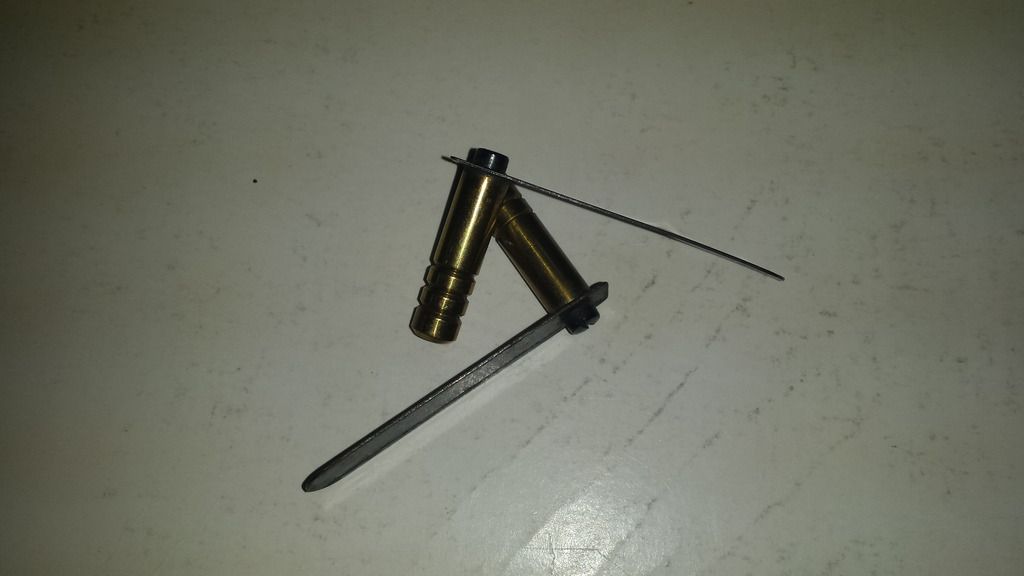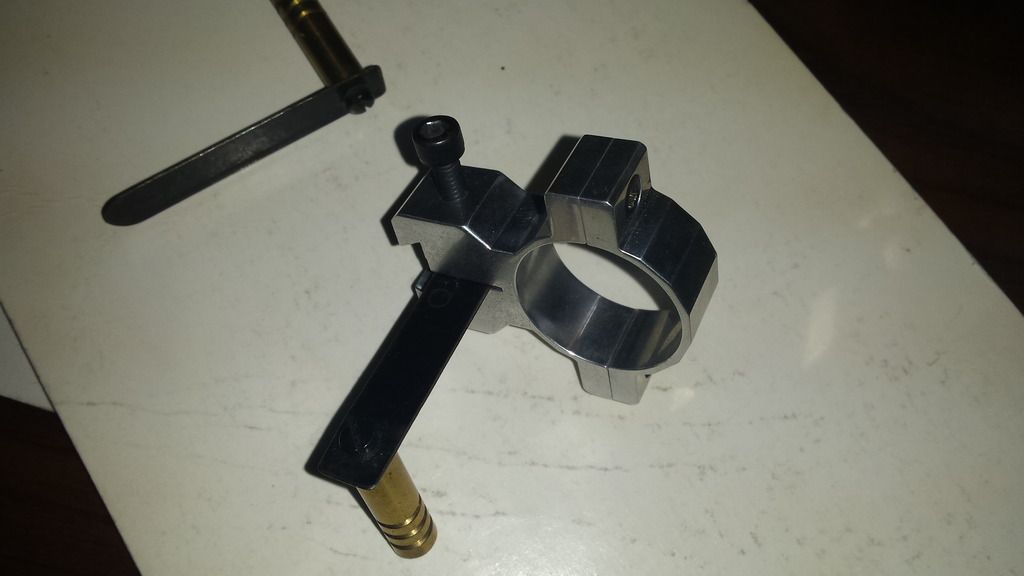M
MBrenner
Guest
This thought has bothered me for years. Breaking loose a barrel on a gun in a barrel vice sometimes requires a lot of torque, especially one that is very tight. What about the scope if left mounted in the rings? I was taught that scopes are engineered to go front to back, not sideways, and that damage was possible in the loosening and tightening process...not good for the expensive scopes we use.
What method do you guys use? To prevent scope damage I was taught to either: (1) loosen the mounts and slip the scope assembly off the action, then replace once the barrel switch was complete. But in doing so, does this put any torque twist on the scope tube, and would it really preserve the original point of aim/impact? or (2) remove the top rings and scope, then replace after the barrel is switched. The logic being if the mounts are untouched, replacing the scope and leveling the cross hairs, even though a bit of a pain, puts no torque twist on the scope tube and point of aim/impact should be fairly close...and no scope damage in the process. Personally, I have used the second alternative but would also appreciate any good advice from you guys with a load of experience.
So, what is your considered wisdom on this issue?
What method do you guys use? To prevent scope damage I was taught to either: (1) loosen the mounts and slip the scope assembly off the action, then replace once the barrel switch was complete. But in doing so, does this put any torque twist on the scope tube, and would it really preserve the original point of aim/impact? or (2) remove the top rings and scope, then replace after the barrel is switched. The logic being if the mounts are untouched, replacing the scope and leveling the cross hairs, even though a bit of a pain, puts no torque twist on the scope tube and point of aim/impact should be fairly close...and no scope damage in the process. Personally, I have used the second alternative but would also appreciate any good advice from you guys with a load of experience.
So, what is your considered wisdom on this issue?



